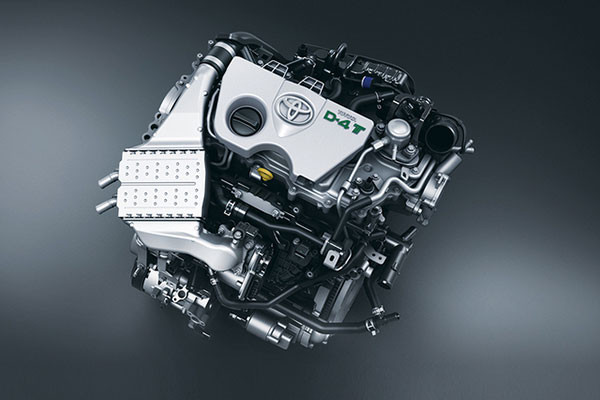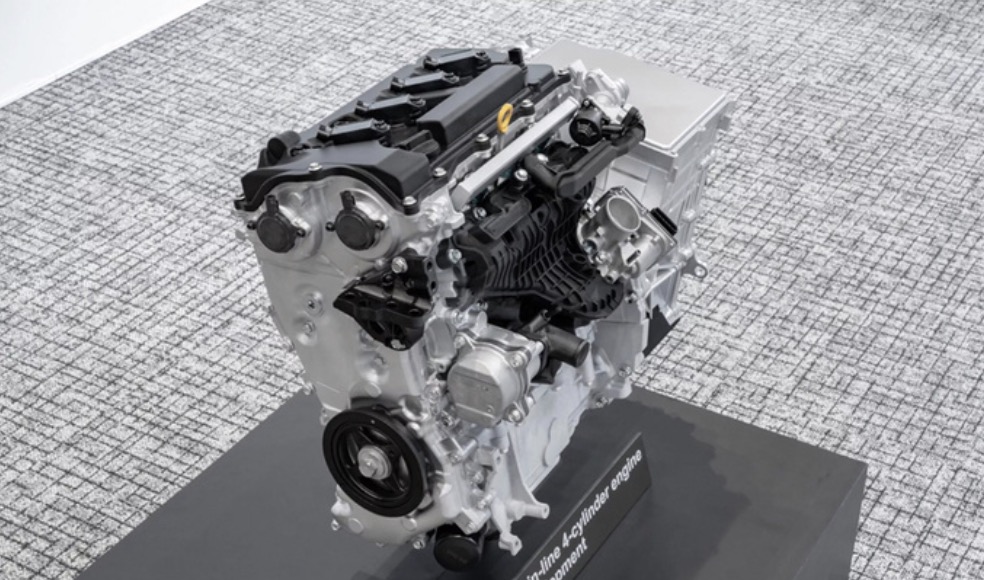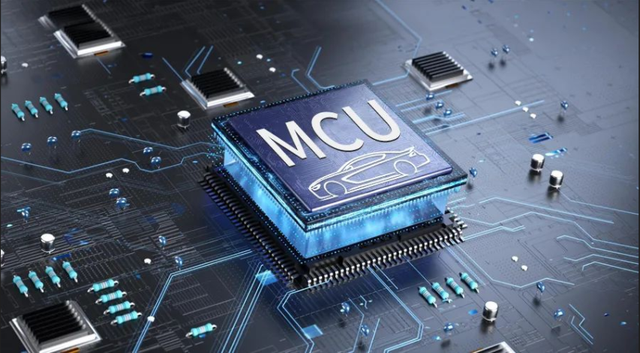In this new era of electric vehicles and green mobility, it seems as if the whole world is cheering and applauding the glorious chapter of new-energy vehicles, while fuel cars, once the dominant force on the road, seem to be slowly entering the twilight of history, with their backs stretching longer and longer in the sunset. However, in this land that seems to have been swept by the wave of new energy, Toyota, the veteran giant of the automotive industry, but like a stubborn craftsman, is still in the hall of fuel cars quietly ploughing, carefully carving a piece of treasure called ‘2.0T engine’.

Although the outside world is already a new energy carnival, but it sticks to the traditional craft of the internal combustion engine, the pursuit of the ultimate combustion efficiency and driving pleasure. Despite the surging tide of new energy vehicles, fuel vehicles still occupy an irreplaceable position worldwide, especially in certain specific markets and in the hearts of consumers. The development of the new 2.0T engine is Toyota's way of announcing to the world that even as new-energy vehicles accelerate into the mainstream, the technological innovation of fuel vehicles has not stopped, but is instead constantly being refined, striving to find a new balance between performance, efficiency and environmental protection.
In the vastness of the automotive world, Toyota has once again lit up a bright new star - its newly developed 2.0T engine, like a sleeping lion awakening, shocked the hearts of car enthusiasts all over the world with its mind-blowing gesture. When the heart of the 2.0T roars in the engine compartment, without the need for any ‘stimulants’ of electrification, it can explode with an astonishing 600Ps of horsepower by itself, and the power is so strong that it seems to be able to instantly tear the air and push the vehicle from a standstill to the other side of the extreme speed. This is not only the ultimate pursuit of speed, but also the ultimate interpretation of driving passion, making every kick of the throttle a feast of courage and power. And Toyota's ingenuity goes far beyond that. In addition to the Rampage version, which is specially designed for the track, they have also crafted the High-Performance Road version, an engine that maintains the passion of the track while being closer to the needs of daily driving. 400P of horsepower and 500N-m of torque, like a gentle gentleman, gracefully weaves its way along the road, satisfying the driver's desire for speed, while also being an ideal companion for a family outing.

Even the most understated low-power version is impressive enough. 300Ps of maximum horsepower and 400N-m of maximum torque are like an athlete ready to burst into action when needed. It proves that even in the pursuit of energy saving and emission reduction, Toyota can create both environmentally friendly and powerful power sources in the world of internal combustion engines.
Toyota's move, although apparently against the tide, but also full of wisdom and foresight. It tells us that in the wave of new energy vehicles, fuel cars are not doomed to be eliminated as relics, but can be renewed through technological innovation, new vitality and vigour. In the vast arena of the global automotive industry, Toyota is not alone in the road of fuel car technology and innovation. BMW, Mercedes-Benz and Volkswagen, the giants of the automotive industry, like warriors standing shoulder to shoulder, have jointly raised the flag in defence of the glory of the internal combustion engine. They are well aware that despite the surging tide of new energy vehicles, fuel cars, as the cornerstone of the automotive industry for a hundred years, are still attracting countless car fans and consumers with their deep heritage and charm.






